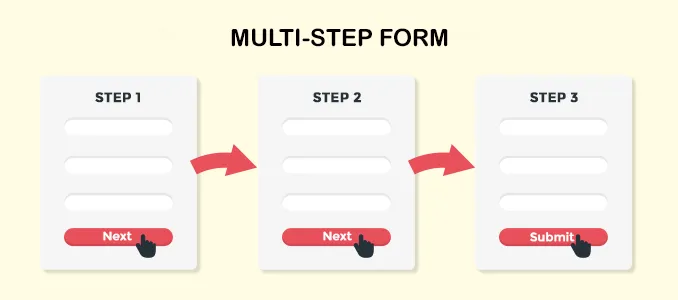Looking for a user-friendly tool that'll allow you to edit web content in real-time? Vue WYSIWYG (What You See Is What You Get) editors could be the answer. These intuitive editors provide an easy, dynamic way to interact with the application to help you create the most engaging, innovative interfaces possible when building web apps in Vue. Adhere to best practices when it comes to using these and other tools to ensure seamless user interaction in Vue --- we cover everything from shorthand directives to validating props below to help you get it right every time.
Choosing the Best Vue WYSIWYG Editor
There are loads of Vue WYSIWYG editors out there right now, and it's important to choose the best one for your needs. It's essential to explore options offered by various web design companies that offers the most opportunities for customization, and that has both 'off the shelf' and 'build your own' solutions for ultimate flexibility.
Look, too, for a Vue WYSIWYG editor that offers plenty of plug-ins for advanced content creation, compliance, and collaboration, allows event and value binding, is lightweight, and can be self-hosted or loaded from the cloud. Scalability, speed, and ease of maintenance are key, too. Finally, a solid customer support and community base are a must.
Use the v-for Directive Consistently
When you need to manipulate the data in Vue, you need the app to behave as predictably and consistently as possible. To this end, using the v-for directive appropriately is a vital part of following Vue's best practices. Incorporating this directive means that the app has a constant reference to the different elements of your build and allows it to track the component state. It's especially important to use the v-for directive if you're adding transitions or animations to your web app.
Ensure Component Data Elements Return a Function
If the data option doesn't always return a function (when component data is declared in the Options API), this data will be shared across all instances where the component is present --- not ideal! In most cases, a developer will want every object to return a unique object, especially where the goal is to build a reusable component. Ensure this happens by always returning the data object within a function.
Validation Your Props
A key element of Vue's best practice is to validate all props with high-quality definitions. This can make a huge difference to user interaction as the project progresses. Using prop validations from the beginning and throughout the build means that other members of your team (or you yourself) won't need to try to retrace the steps of your component to identify a prop's formatting in the future. Writing good prop validations is the easiest way of avoiding this frustration.
Prefix Base Components Properly
When building a web app, take care to adhere to the various Vue style guides. An important element of this is making sure that base components are given their proper prefixes. Base components are components that only contain HTML elements, third-party UI components, or additional base components.
When it comes to naming these components, best practice is to give each the prefix 'Base,' 'App,' or 'V.' The idea is that doing so will keep these components in the same place in the file system.
Be Consistent with Directive Shorthands
Many Vue developers deploy shorthands for directives, such as ':' being short for v-bind. While using such shorthand is a great idea to add cohesion to a build, it's crucial to either always or never use them to make sure the project is as readable and consistent as possible.
Using Basic JavaScript Expressions
When creating template expressions, it's best practice to only incorporate basic JavaScript expressions. This will prevent a template from becoming too cluttered and unnecessarily complex. Plus, the process of separating out complex expressions means that the relevant values can be reused --- making for increased efficiency.
Components that are Declared and Used Once
Single instance components (those that do not accept props and are used only once per page) need to follow their own naming convention. These components tend to be elements such as sidebars, headers, and footers and will be specific to the app you're building: there should be only a single active instance of these components, and they should be named as, for example, 'TheHeader.vue' and 'TheSideBar.vue.'
Deploying kebab-case
Always use kebab-case when emitting custom events. Why? This is because kebab-case is the same syntax deployed to listen to the event in the parent component. Using kebab-case will make the code more readable and promote consistency across the entirety of your build.
Vue Best Practices: The Takeaway
When it comes to robust web app development, Vue is a great option. It's flexible, progressive, intuitive, and extremely adaptable --- just a few of the reasons it's used by professional developers worldwide. On top of this, it's easy to learn, is lightweight, and boasts an excellent tooling ecosystem.
Choosing the best WYSIWYG rich text editor to use as part of your Vue build, and adhering to the above best practices, will ensure a smoother-running project and seamless user interaction.

